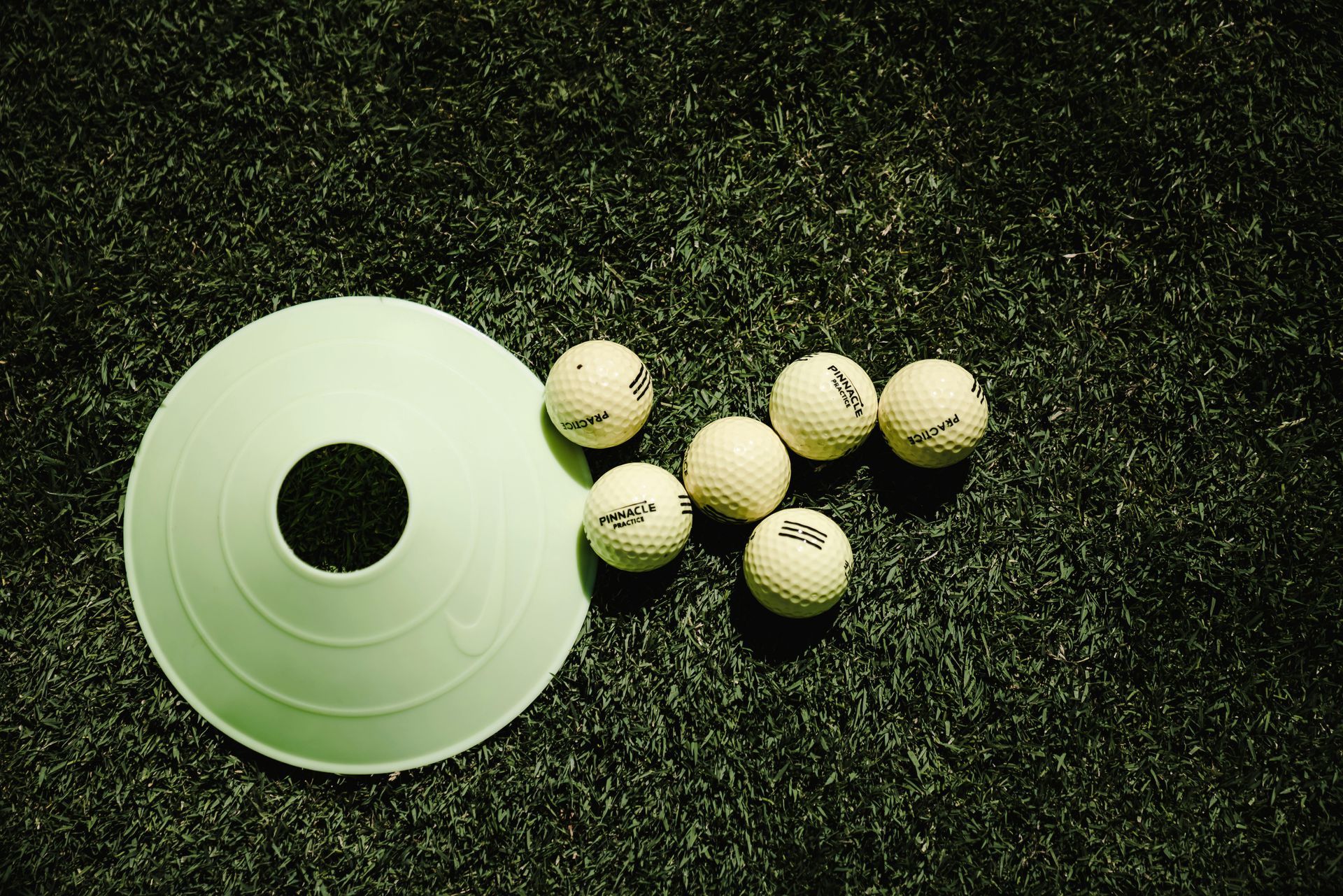Breaking Down the Science of Golf Balls: What’s Inside?
Golf balls may look simple on the outside, but beneath that dimpled surface lies a fascinating mix of materials and design that can make all the difference in your game.
Whether you’re swinging for the greens in real life or honing your skills with virtual golf at Golf Biz Canada, understanding what goes into a golf ball can help improve your performance.
Let’s break down the science behind it.
1. The Outer Cover: Durability and Control
The outer layer of a golf ball is made from either urethane or ionomer. Urethane is softer and offers more spin control, perfect for skilled players who want precision on their short game. Ionomer, on the other hand, is tougher and more durable, making it ideal for beginners who need distance and protection from wear and tear.
2. The Core: Power and Distance
At the heart of every golf ball lies the core, which is usually made of synthetic rubber or a similar material. This core determines how far the ball will travel. A softer core offers more compression, providing better feel and control. A harder core gives the ball more speed and distance—perfect for long drives on the course or in your virtual setup at Golf Biz Canada.
3. The Mantle: Speed and Spin Balance
Between the core and the outer cover is the mantle layer, which helps manage the balance between distance and spin. It acts as a buffer, ensuring that the ball achieves maximum speed off the clubface while still allowing for control during mid-range shots. Multi-layered balls often have a thicker mantle, giving golfers more versatility.
4. Dimples: Aerodynamics and Accuracy
Those familiar dimples on the surface of a golf ball are essential for its flight. They reduce air resistance and help the ball travel further by creating a turbulent layer of air around it. The pattern, depth, and number of dimples vary between models, affecting lift and control. In virtual golf, just like on the real course, understanding how different balls react can give you an edge in mastering your swing.
5. Compression: Feel and Performance
Compression refers to how much the ball deforms when struck. Low-compression balls (softer) offer better feel and are great for golfers with slower swing speeds. High-compression balls (harder) require faster swings and deliver more power. At Golf Biz Canada, our virtual golf technology allows you to test different ball types and find what suits your style best.
Golf balls are carefully engineered to enhance specific aspects of your game, from distance and durability to control and spin. Whether you’re experimenting with different types at Golf Biz Canada or playing on the course, knowing what’s inside a golf ball can help you choose the best one for your skill level and playing style.
Visit Golf Biz Canada, your new home for virtual golf, to test these golf balls in a state-of-the-art environment and take your game to the next level.
Search
Recent Posts





You May Also Like




